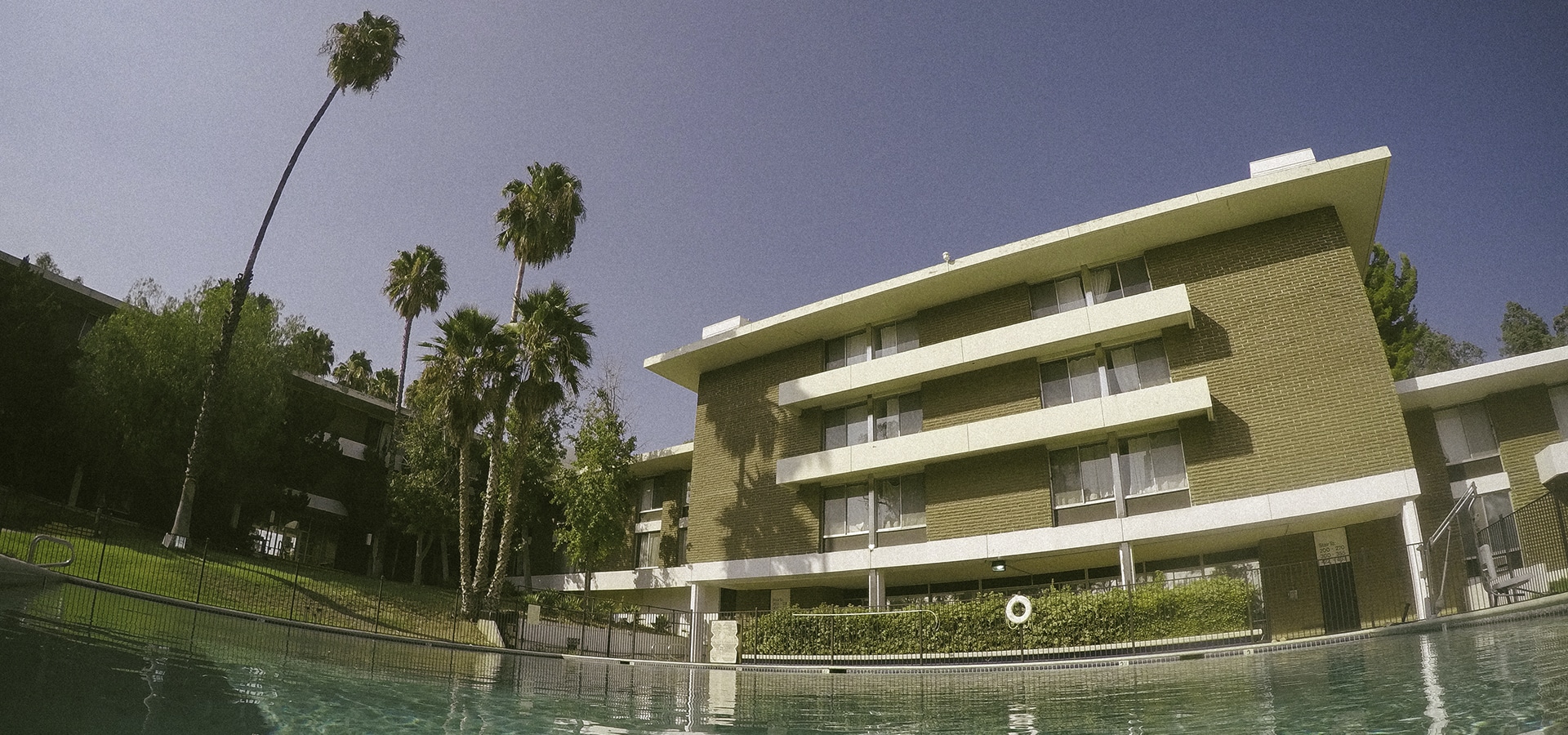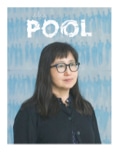Joyce Borenstein ’74 writes, “In 1972, eager to move to LA for my graduate studies and about to purchase my plane ticket, an earthquake happened and the Villa Cabrini Campus was damaged. My move was delayed for a few months until the new campus was completed, but the delay made the anticipation of CalArts even more exciting. In my second year Jules Engel, a wonderful professor who came to the rescue for many students, chose me as his teaching assistant. This not only helped with tuition, but in teaching the Oxberry Camera to students; I was beginning to feel more at ease socially. Later on, back in Montreal in the early 1980s, I became an animation professor at Concordia University Fine Arts, and continued to teach there for the next 25 years. At CalArts, I felt a sense of endless possibilities. I had euphoric dreams and felt so free living on my own. I got to marvel at the uniqueness of California: Big Sur, Carmel, the Redwood National Parks, the Mohave Desert, the perpetual summers, the palm trees, the view at night from my dorm window of the Interstate 405 with its steady stream of cars like an undulating diamond necklace, the ocean with miles of beige sandy beaches, and the panoramic pastel sunsets. … Upon Picasso’s death in 1973, an art student made white plastic masks from a mold of his own face and on the day that the news reached California, there were a number of students wearing these masks, standing motionless in the main hallway of CalArts. It was a somber, unforgettable tribute to Picasso.”







